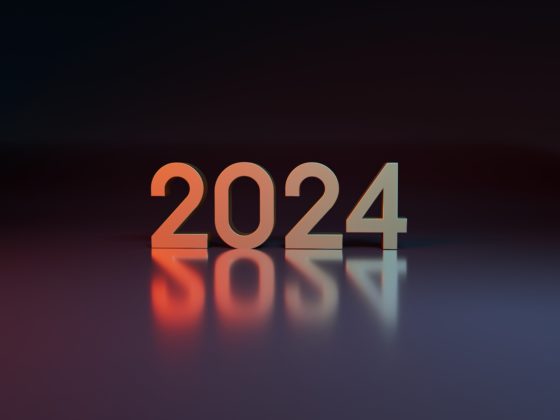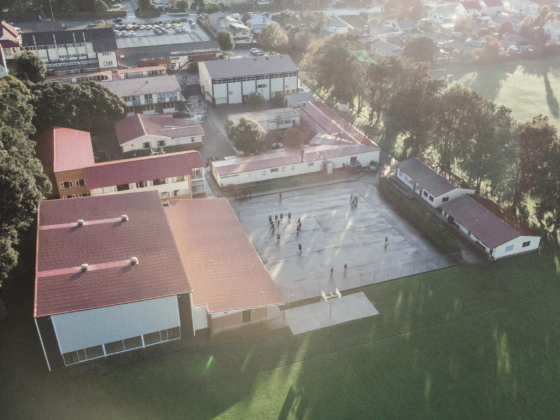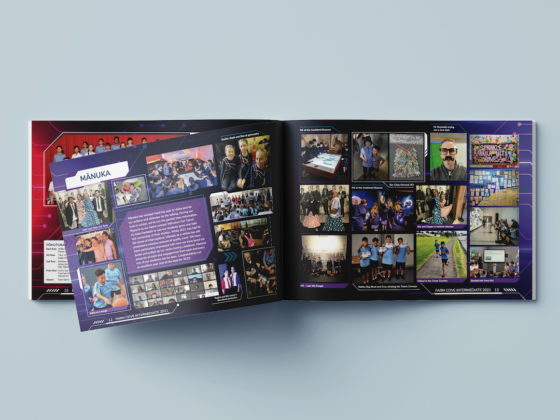Taking great school production or concert photography requires some special skills. As the photographer, you only have control over the equipment and your technique – the lighting and scene are fully out of your control!
Getting good shots requires preparation and a good understanding of what you are doing. Read on to learn how to take concert photography worthy of making the school yearbook!
Photography Preparation
The key to great photography is great preparation. This is especially true for theatre and dance, where you have little control over the performance.
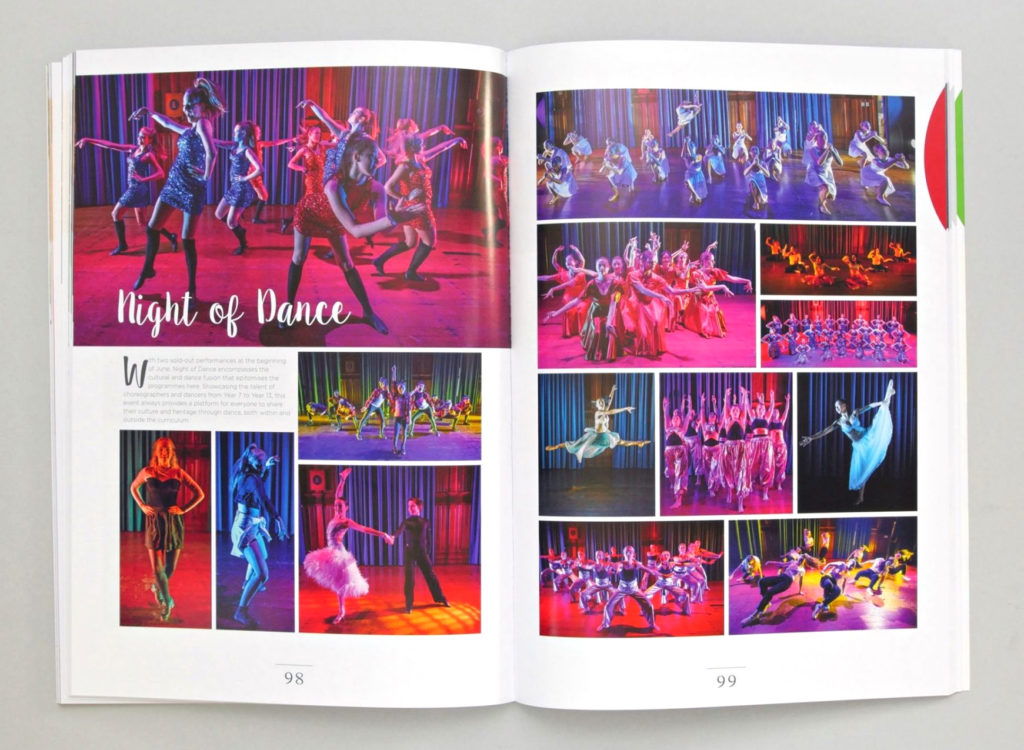
To ensure you don’t miss a great shot, do some preliminary research on the performance. If you know how the show runs, you can predict and prepare for great moments worth shooting. Ask the director or the cast what special moments are worth capturing. Take timestamps of key moments so you can prepare and get in a good position before the scene starts. You could even sit through a rehearsal to better understand the progression of the show, the key players and moments that are fit for a keepsake.
Stage lighting can be tricky to work with, especially if it changes scene to scene. Consult with the lighting staff so you can best prepare your camera settings. If the lighting will remain consistent throughout the show, do some test shots and keep the settings.
One strategy for great concert photography is to shoot the dress rehearsal instead of the main event. This way, you will have more freedom to move around and get the perfect shot without distracting the audience. Just make sure nobody is holding their lines or the illusion may be destroyed!
Concert Camera Settings
Successful concert photography is all about embracing the moody lighting. The best shots celebrate the contrast of vivid lights with the darkness of the theatre.
Any quality camera that allows you to manually adjust the settings will produce better results than a smartphone. Manual settings are vital, as Auto Mode will try to correct the darkness and result in low contrast, lacklustre images.
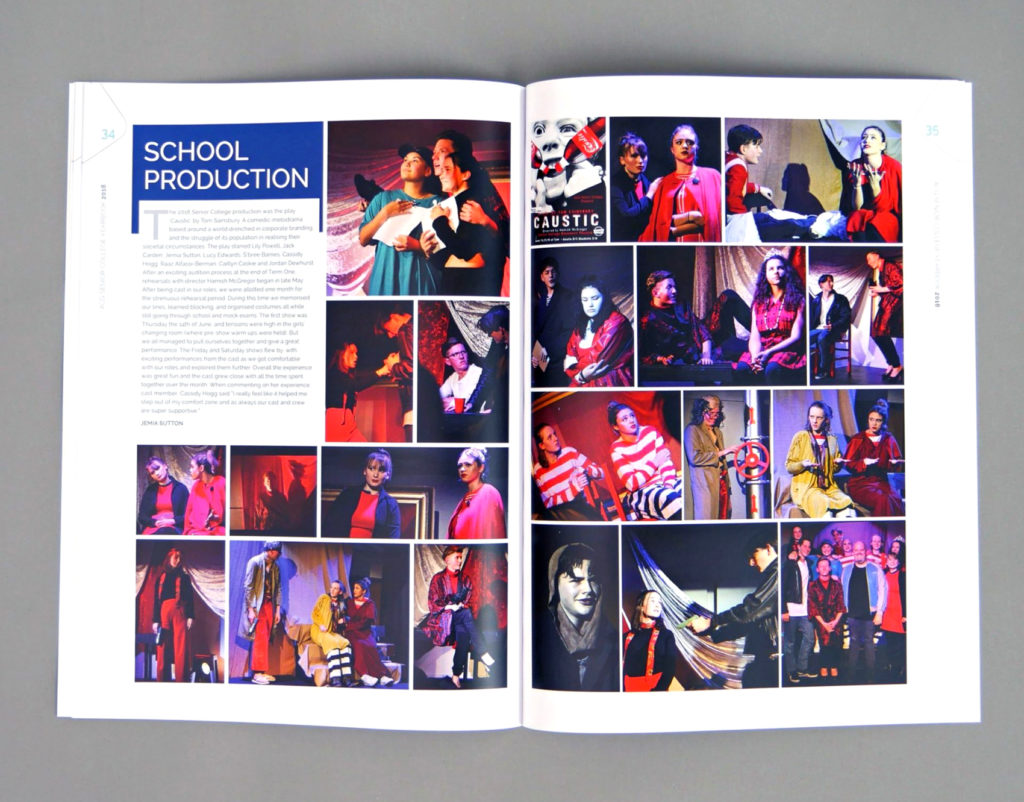
The higher the ISO number on your camera, the brighter the photo will be. While dark theatre lighting requires a higher ISO number, too high can produce an undesirable grainy look. The exact number you choose will depend on the show and the theatre, but between 1600 and 2000 is generally good.
To embrace the darkness of the stage while also getting a great clear shot, adjust the aperture on your camera. This dictates how much light is let in through the lens. The lower the f/stop number, the more light that can enter. For low light places like theatres, a low f/stop number will yield the best results.
If you have access to a telephoto lens then put it to good use! This lens type lets you take great photos from a distance, which comes in handy if you aren’t able to get up close to the action.
Try out burst mode to increase your chances of getting a great shot. Your camera will take multiple images with just one click.
Know Your Photography Angles
Take photos from lots of different angles to give the viewer a better understanding of the performance. When displayed in a yearbook, having some variety in the images is also more visually interesting. Mix it up and take photos from low down, high up, and up close!
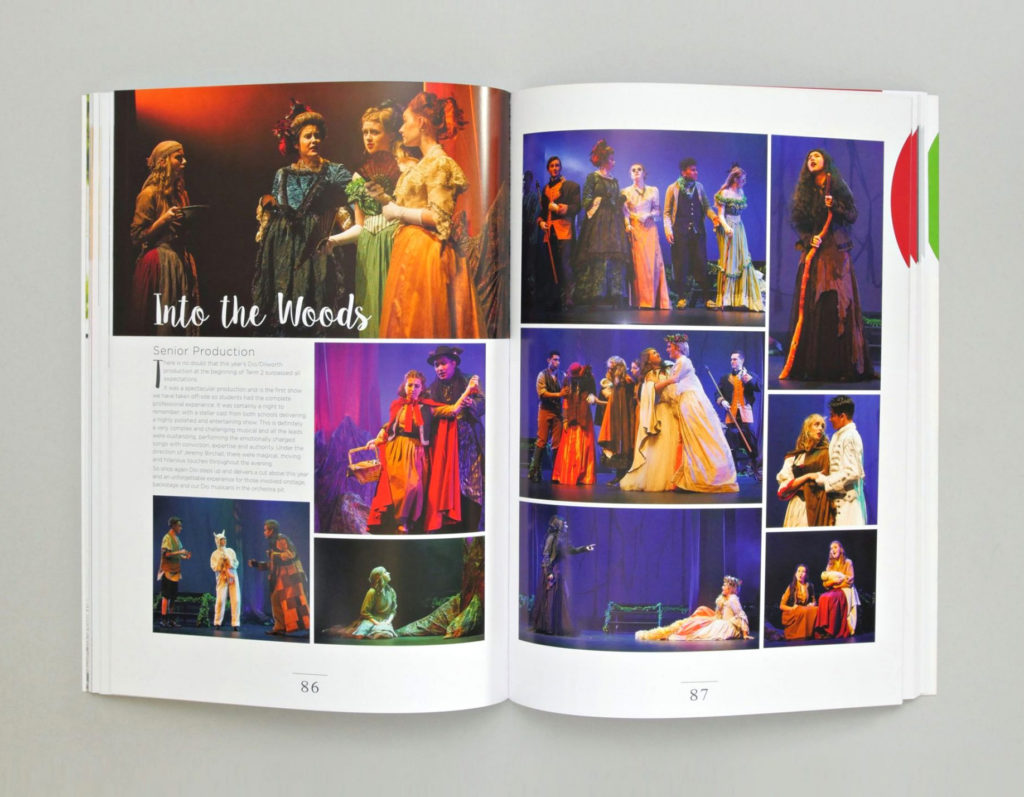
Portrait shots are a good way to capture the emotion and energy of performers. They are also the best way to show off the great costumes and makeup! Full-body or half-body shots are ideal, as a simple headshot lacks the body language needed to tell a story. Take some closeup shots from a low angle at the base of the stage. This makes the performer look larger than life and amplifies their stage presence.
Wide-angle shots are just as important as closeups. They help to set the scene by including backup performers, highlighting the set design, and showing the scale of the stage and theatre. You could even include the front rows of the audience in your wide-angle shots to capture the atmosphere of the night.
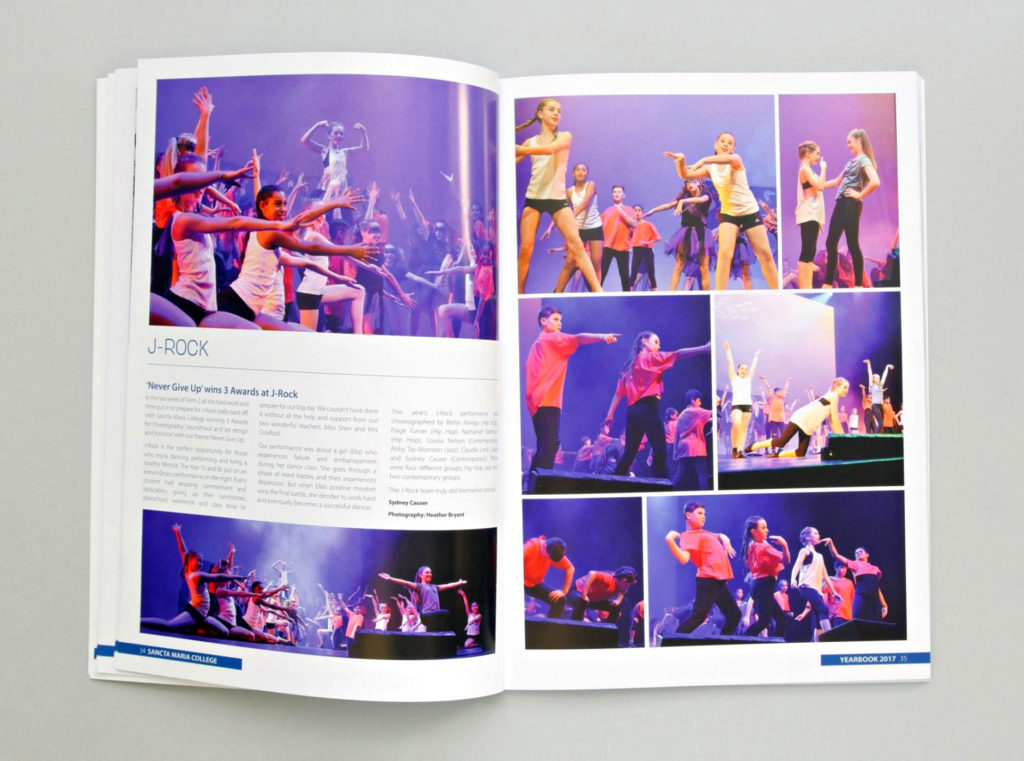
If you are photographing a dress rehearsal, you can get creative with how and where you take your shots! Get on stage and take some photos immersed in the action. You could even take some shots from behind the performers looking out towards the bright theatre lights. This is a great way to capture the magic of the concert from a truly unique point of view.
Don’t forget to celebrate everyone who helped to make the performance what it was. Take some photos backstage to highlight those in charge of costumes, makeup and lighting.
For more photography tips, check out how to take great sports photography.

